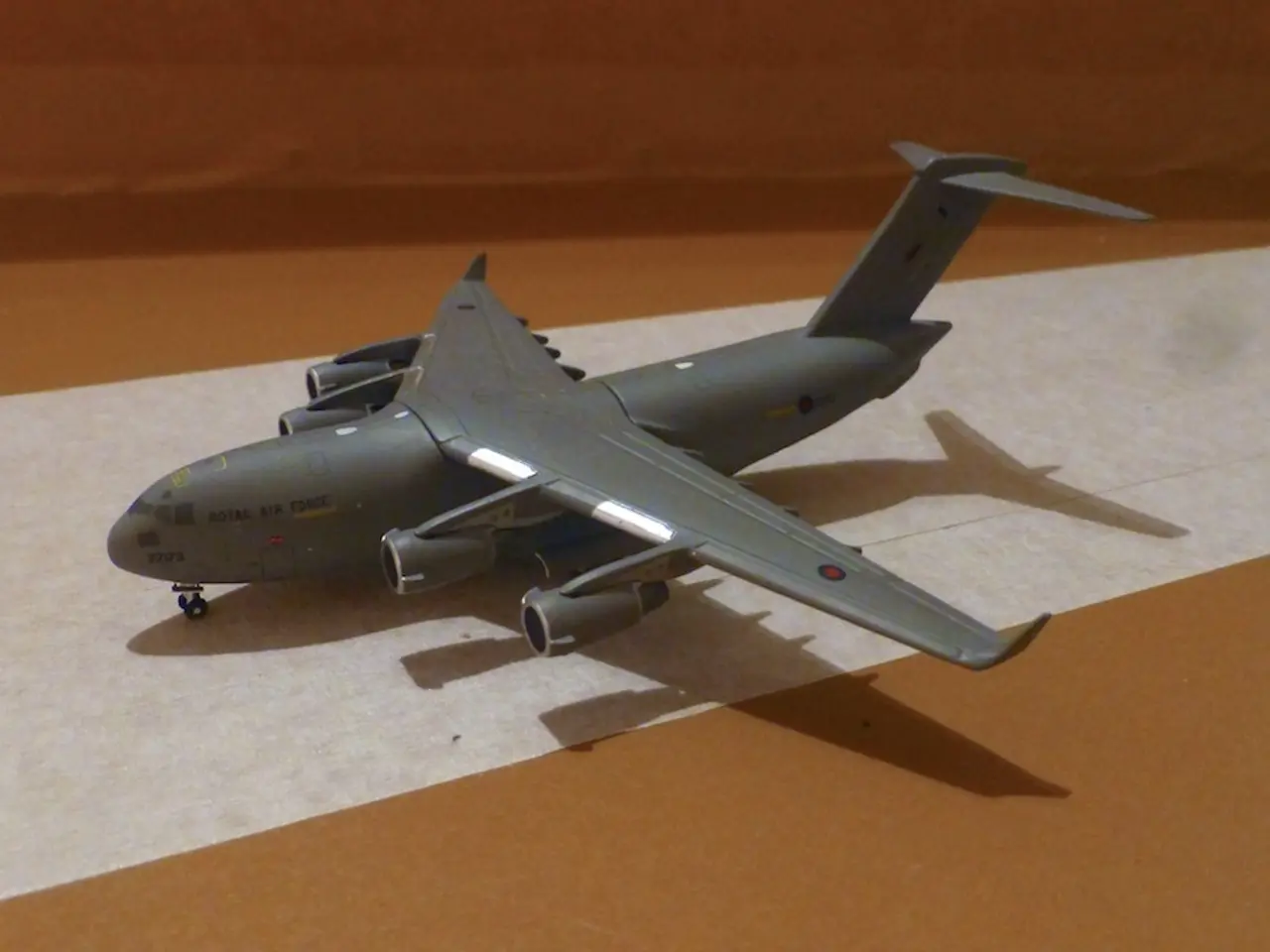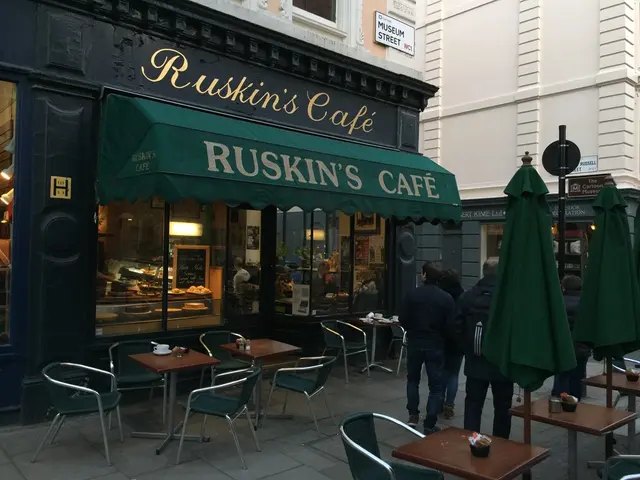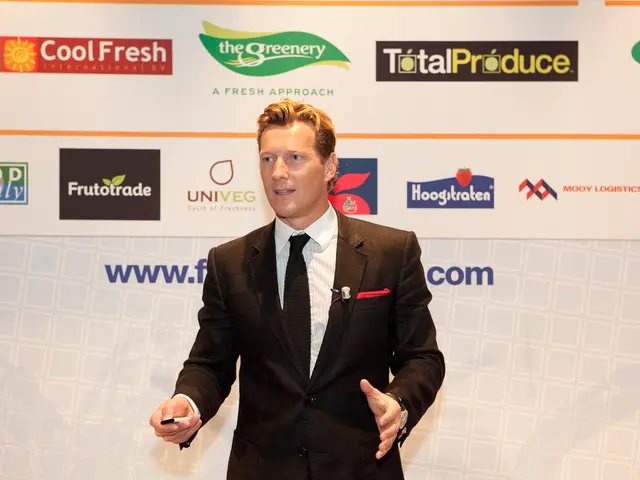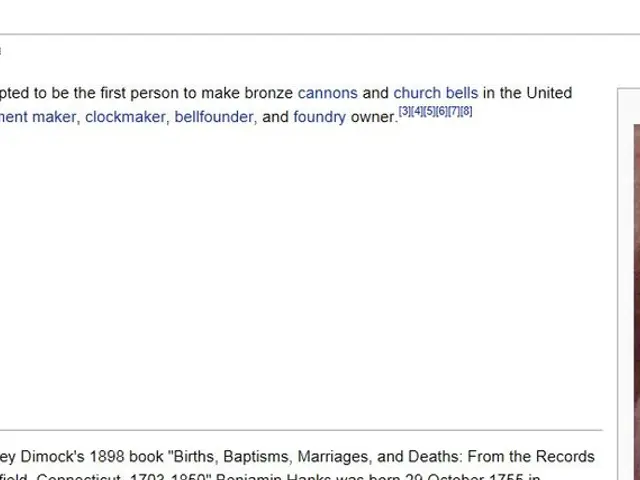Twin-engine turboprop aircraft manufactured by De Havilland Canada, specifically known as the Dash 8.
The De Havilland Dash 8-400, a regional turboprop aircraft renowned for its safety record and dependable performance, is undergoing some significant changes. While no major upgrades have been announced for the existing fleet, there are exciting developments on the horizon, particularly in the realm of propulsion technology.
**Fuel Cell and Powertrain Retrofits**
Companies such as Conscious Aerospace and ZeroAvia are leading the charge in retrofitting the Dash 8-400 with hydrogen fuel cell powertrains. Conscious Aerospace is developing a conversion kit for the Dash 8-300, a slightly smaller variant, with De Havilland Canada considering hydrogen fuel cells as a possible option for a modernized Dash 8-400 if there is sufficient customer interest. ZeroAvia, in collaboration with Alaska Airlines, is modifying a Dash 8-400 with its 2MW-class ZA2000 powertrain, signalling a shift towards zero-emission propulsion.
**Cabins and Operational Enhancements**
Currently, there are no publicly announced cabin upgrades for the Dash 8-400. However, airlines continue to expand their Dash 8-400 fleets for regional operations, such as Rex Group’s National Jet Express in Australia. These expansions are based on existing aircraft models rather than newly upgraded versions.
**Avionics and Engine Updates**
There is no evidence of significant avionics upgrades for the Dash 8-400, and no recent engine changes or upgrades beyond the proposed hydrogen fuel cell retrofits have been reported. The Dash 8-400 continues to operate with its Pratt & Whitney PW150A turboprop engines as originally equipped.
**Summary Table: Current and Proposed Dash 8-400 Upgrades**
| Area | Current Status | Future/Proposed Upgrades | |---------------------|------------------------------------------|---------------------------------------| | Avionics | No major updates reported | Not specified in recent announcements | | Cabin | No recent enhancements | Not specified | | Engines | PW150A turboprops (standard) | Hydrogen fuel cell retrofit projects[1]| | Serial Production | Not in active production | Possible return with modernized model[1][2] |
In conclusion, the most significant recent developments for the Dash 8-400 involve experimental hydrogen fuel cell retrofits by third parties, which could lead to a zero-emission variant if manufacturer and customer interest align. No major upgrades to avionics, cabin, or conventional engines have been announced for the existing fleet. Any return to serial production or further modernization by De Havilland Canada remains under consideration, with no formal commitments as of mid-2025.
The Dash 8-400 boasts a range of up to 2,286 km (1,416 miles), a height of 8.45 m (37 ft 7 in), and a maximum cruise speed of 528 km/h (327 mph). The aircraft's engines are mounted above the wings, reducing noise levels in the cabin, and it is capable of operating in a variety of weather conditions and terrains, including short and unpaved runways. The seating capacity of the Dash 8 typically ranges between 37-90 passengers, depending on the model and configuration. The aircraft is manufactured by Bombardier Aerospace and features a high-wing configuration, a spacious cabin, and multiple redundancies in the cockpit to ensure safe and efficient operation.
The exciting developments in the realm of propulsion technology for the Dash 8-400 involve companies like Conscious Aerospace and ZeroAvia retrofitting the aircraft with hydrogen fuel cell powertrains, signalling a shift towards zero-emission propulsion. In finance, De Havilland Canada is considering hydrogen fuel cells as a possible option for a modernized Dash 8-400 if there is sufficient customer interest. Moreover, ZeroAvia, in partnership with Alaska Airlines, is modifying a Dash 8-400 with its 2MW-class ZA2000 powertrain, demonstrating interest in advancements within the aerospace industry.








